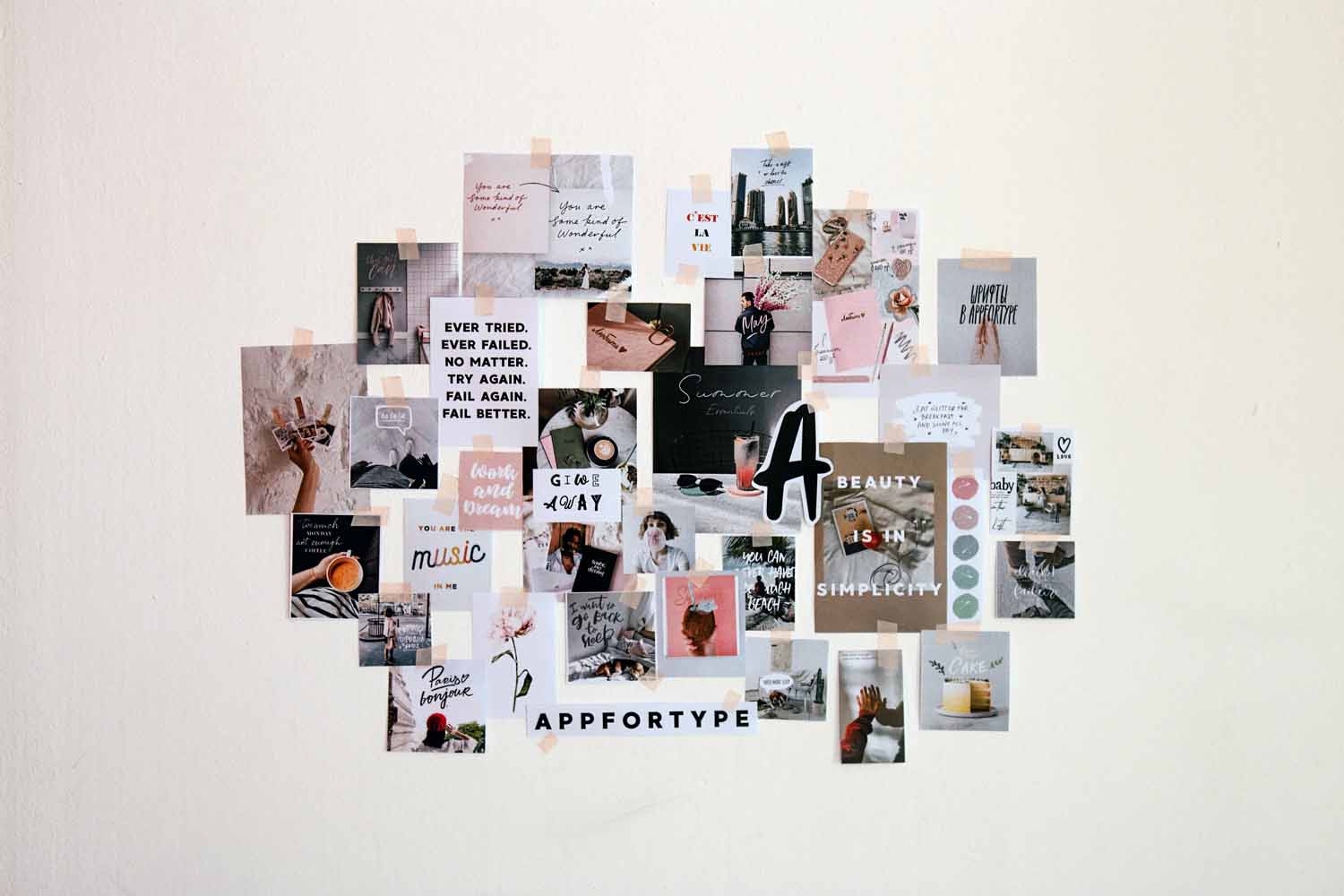How to Stop Procrastination the Creative Way
/There are a couple of common ways of looking at procrastination. One is that it’s a major loss of focus on the thing that you really wanted to do, and instead, prioritizing focus on something else—even if that’s sitting around doing nothing.
Procrastination can also be a form of self-sabotage, when you have some underlying doubt about whether you’re good enough at whatever it is you’re trying to do.
But today I wanted to look at procrastination from a new angle, that I came across in some work by Canadian researchers in 2015. They wondered why some people procrastinate more than others, and found that people who procrastinated the most were the ones who had difficulty connecting their Present Self with their Future Self.
In other words, when you think about the Future You, if you can’t identify with that person; can’t feel a sense of continuity between who you are now and who you’ll be in the future, and instead it seems more like that person is separate from you, then you’re more likely to procrastinate.
This makes sense, because a lot of times, doing the task that you should be doing right now takes some effort, or it might even be unpleasant. And if it feels like you’re making a sacrifice now, but you don’t feel like you’re also the one benefitting from it, then you’re less likely to get going.
What this means, then, is if you want to stop procrastinating, it can help to get better at visualizing and owning the life of your Future You. That involves making some room in your life for more creativity, and then putting it to good use.
So, here are three steps I use, and help my clients use, to do just that: to help your Present Self get to know your Future Self better, so that you can march forward toward a future that you’ll both be happy with.
1) Free up some creative bandwidth
Nowadays we’re all so busy that sometimes it’s hard to find a moment to relax. Then, when we do, many of us are glued to our phones, television, or the computer.
Those aren’t bad things necessarily, but when we’re using them to consume content, we’re like sponges, absorbing messages, perspectives, fact, and opinions that all come outside of ourselves in rapid fire.
It’s a bunch of noise that can turn you into just a receiver, and not the receiver-transmitter that you really are. It can be hard to tune into your own internal voice through all that noise.
It’s like in a forest, all the big trees grab the sunlight at the top of the canopy, so that very little trickles down to the little plants that are trying to grow on the forest floor.
First of all, you need to clear away a path to sunlight, so that your creativity seeds can sprout, and some thoughts, ideas, and visions of your future can emerge from you.
Carve out time to unplug, get away from screens, and just allow yourself to be with your own thoughts and feelings, on a regular basis. I recommend literally putting it in your schedule as a recurring appointment. Schedule at least 30 minutes with yourself, ideally every day, but if not, then at least 2 or 3 times a week.
2) Exercise your creativity
Once you’ve made some space for more creativity in your life, start using and practicing it. Not all of us are a fountain of genius-level creativity like Leonardo da Vinci, but we all have innate creativity that can be nurtured and developed, like any other skill or muscle we have.
Where does your creativity naturally lie? How do you like writing? Do you like drawing more? Or playing music? If you aren’t doing much that’s creative nowadays, that’s ok (and that’s the point!).
Try thinking back to what creative things you enjoyed doing as a kid, even if that was playing with Legos, or looking for animals or faces in the clouds.
Then use some of the creative space you’ve made in your life to write, draw, or lie back and see what you can find in the clouds, just for the heck of it.
Use the rest of that space to explore your Future You. Write or draw about your journey, starting from where you are today, making the effort you need to make, and arriving in the future you’d like to have.
Or write a song about it, if that’s your thing, or tell a story about it, even if no one is around to listen. Or daydream about it, practicing imagining that timeline unfolding, as vividly as you can.
Remember, your goal is to create a strong sense of continuity between the life you’re living today and the vision of your life after you’ve taken care of the tasks you’ve been putting off.
3) Create a vision board
Regardless of whether you’re more visual, verbal, or whatever, I recommend that everyone do a vision board.
Just get a piece of cardboard or poster board, and gather some old magazines and glue. Then give yourself plenty of quiet time—another use of you’re the creative space you’ve cleared in your life—to make a collage that expresses in some way the life you’re heading for.
It could feature images of things you’d like to have, or things that represent values or qualities that you treasure, or relationships that are important to you.
Some people have different sections of the board for different parts of their lives. For other people, it’s very abstract. Really settle into it and just see what comes up, because there’s no right or wrong.
In fact, making a vision board is a good way to practice turning down the volume on that internal editor that is often so quick to stomp on our dreams, and instead, get something down in physical form that is a collaboration of Present You and Future You.
When you’re done, keep your vision board visible, so you see it all the time. If you’re comfortable sharing it, you can spend a few minutes walking a friend through it. Talking it through out loud can help make it feel more concrete, too.
Keep Moving Forward
Procrastination can have a gravitational pull, so it’s important not to think of stopping it as a one-time effort. As with most worthwhile endeavors, consistency is key.
So, continue making the space for future-oriented creativity in your life. Keep the life of your Future Self in view, but also remember that it isn’t cast in stone. In fact, the future you ultimately arrive at probably will look different than any of the ones you envisioned!
Just let the story of your future keep emerging and evolving in whatever ways grab your interest and inspire you to take action today, and you’ll keep moving toward the life you want tomorrow, whatever it looks like.






















